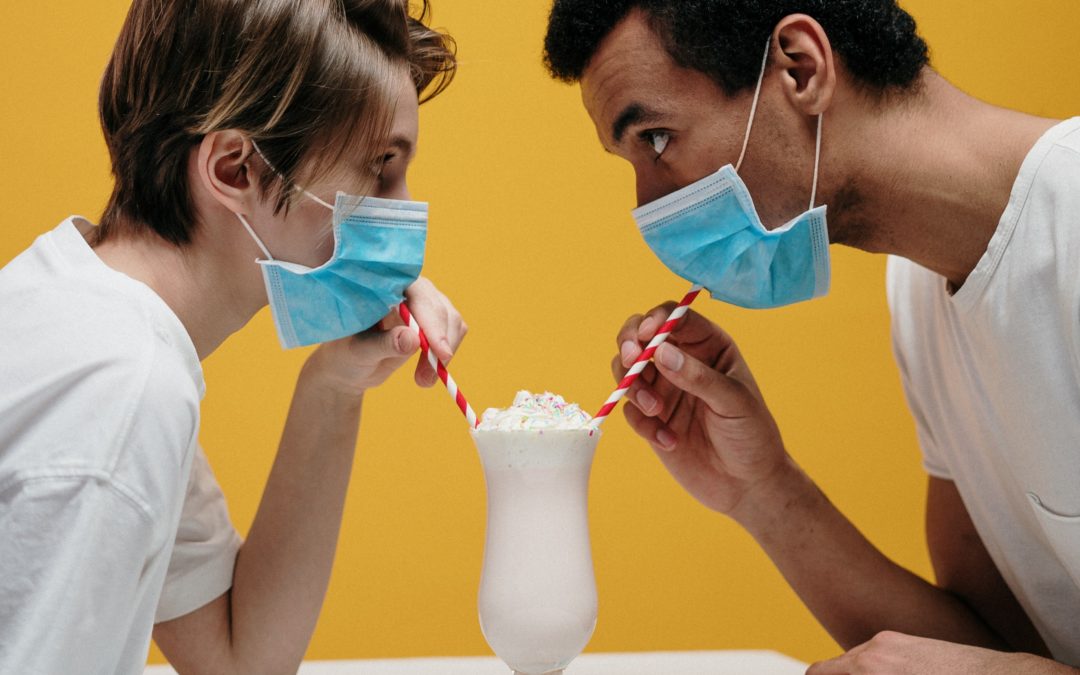“We are all connected, and we are all one.” – Rhonda Byrne
Humans are social creatures. We’re programmed to seek out connections with other people whether our tendencies are extroverted or introverted. Born helpless, our biological systems first drive us to forge a connection with our parents or caregivers; without this bond, we simply wouldn’t survive. As life goes on, we innately cultivate, develop, and maintain various relationships, largely through spending time in the presence of one another.
Since the onset of COVID-19, this subconscious push toward socialization has hit some speed bumps. In order to help flatten the curve, numerous businesses, schools, sports arenas, recreation areas, and restaurants closed, exponentially decreasing the amount of physical interaction possible. Robust recommendations for staying six feet apart quickly made “social distancing” part of our everyday routine and vocabulary. Infected and exposed individuals have been forced to quarantine in their homes. The dynamics of our social interplay have certainly shifted – and to stay connected, we will also have to evolve. It’s a new era that requires creativity, flexibility, and patience.
How, then, do we reconcile our ancestral need for socialization with the current global pandemic? One route is through technology. Over the past couple months, virtual get-togethers have increased in popularity. Online happy hours, birthday parties, weddings, concerts, and graduations allow us to be part of a group experience. Although the physical aspect is lacking, seeing and interacting with our loved ones can boost our mood and overall mental health.
Another method of connecting is to honor social distancing, not social isolation. Communities are holding driveway or sidewalk hangouts, making it easier for neighbors and friends to be together, to be outside, and to connect (from a safe, masked distance, of course). Children and families are creating sidewalk galleries of chalk art and games for walk-by viewing and playing. Neighborhood gardens are allowing small groups to carefully gather to tend to the season’s crops. I’ve observed more families spending time together outdoors, such as having appropriately-spaced picnics in a nearby park or walking their dog down our street – activities that really didn’t happen much prior to COVID-19.
These healthy, bonding activities contribute to filling up our hearts and minds with love, experiences, and memories. Peering at the present through this lens, it looks as though we are finding ways to connect with one another; the manifestation simply looks different.
TAKE-AWAY: As a whole, humanity is innovative, resilient, and adaptable. For example, we’ve created technology that facilitates connections with loved ones on the other side of the world or just a few doors down. Through science, we continue to explore novel diseases, their treatments, and the safety protocols required to ensure our well-being. We’re adjusting to the new normals around work, school, parenting, and relationships. Although some of these shifts may feel overwhelming and insurmountable, it’s important to keep in mind that this current state is temporary.


